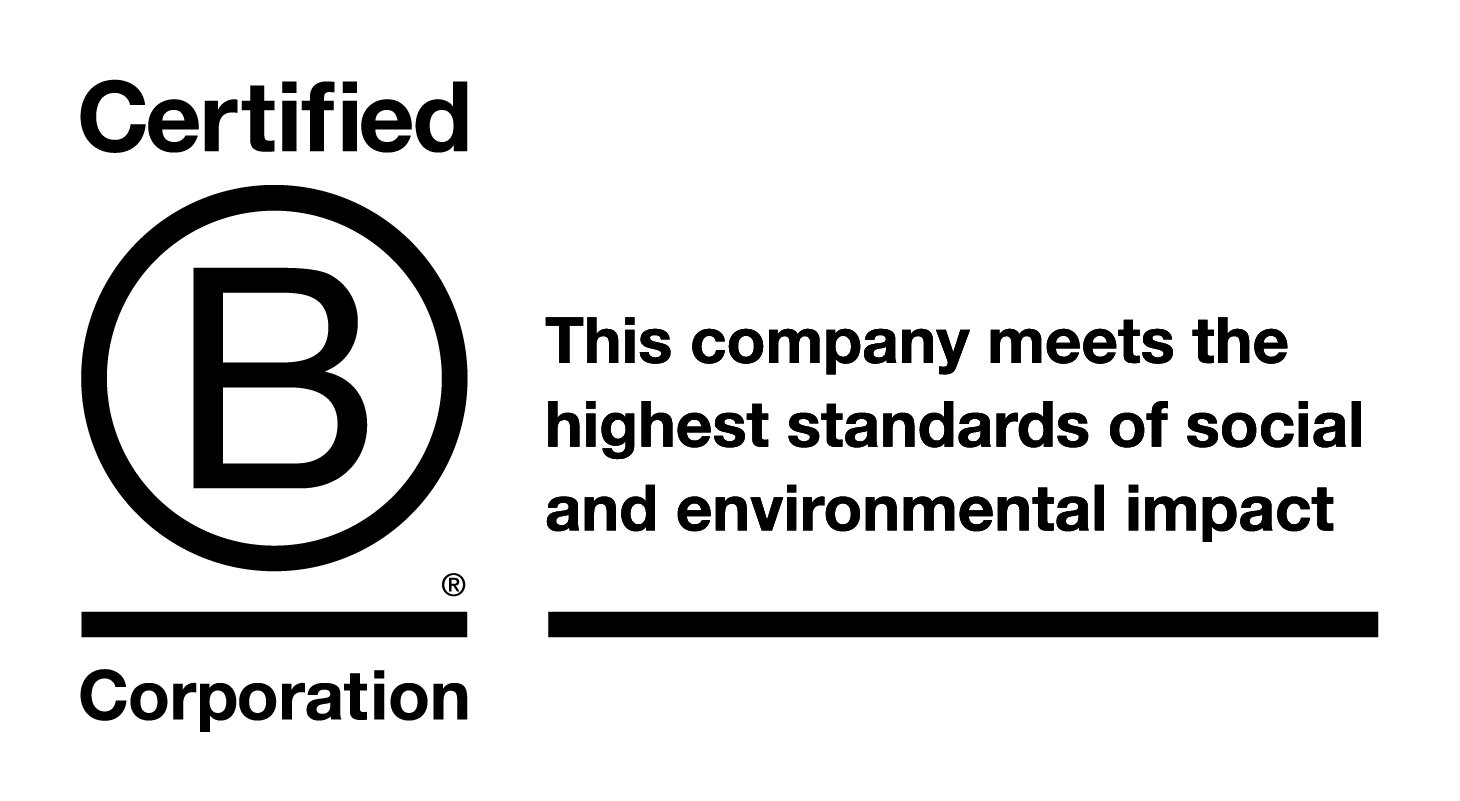Go the extra mile
Towards a cooler planet
How dogs help people cope with climate change
Have you ever thought about why your four-legged friend might be part of the climate conversation? A new study from the National Academy of Sciences shows a surprising gap in what people know. A lot of people have trouble figuring out which daily choices have the biggest impact on the planet, like owning a pet.
[PICTURE 1]
Pets, especially those that eat a lot of meat, add to greenhouse gas emissions. But their job isn't just to protect the environment. These loyal friends help a lot of Kiwis stay emotionally stable during bushfire seasons or floods, which are getting worse as the world warms.
Some people don't realise how much carbon pets leave behind, while others depend on them to stay mentally strong. The connection between people and animals makes them both weak and strong. Being a responsible owner means finding a balance, not leaving your pet behind. This means giving them a healthy diet, low-impact toys, and careful care.
Important points
People often don't understand how owning a pet affects the environment. Pets that eat meat release methane gas.
During climate crises, companion animals give us important emotional support.
- Making sustainable choices can lower a pet's carbon footprint.
- It is possible to find a balance between being ecologically conscious and having a pet.
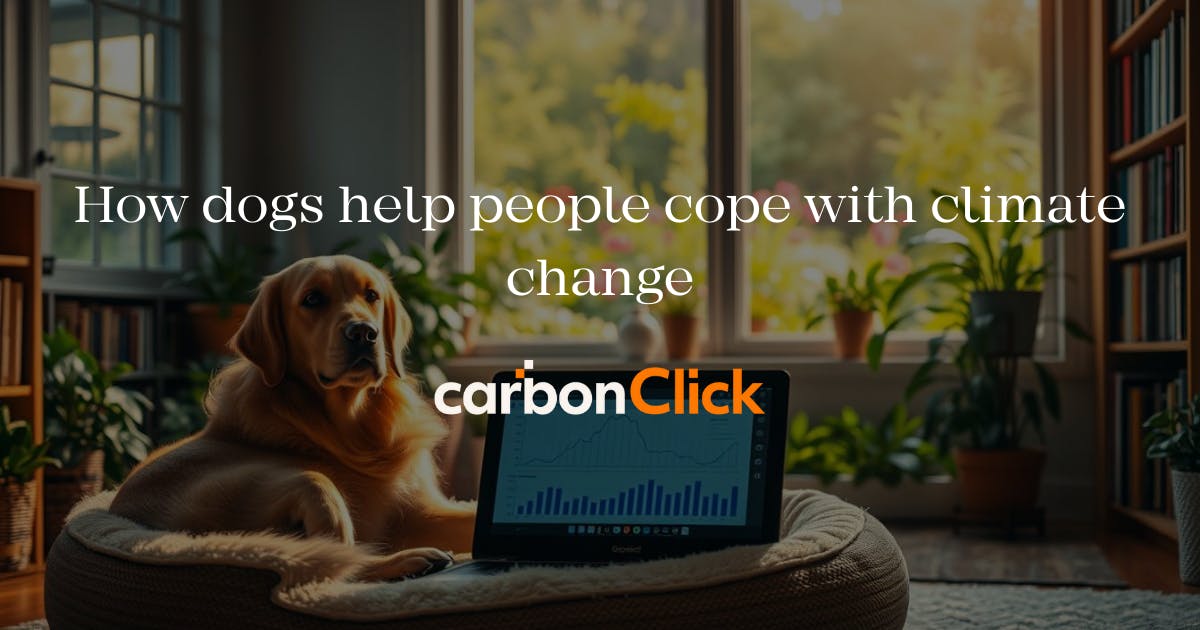
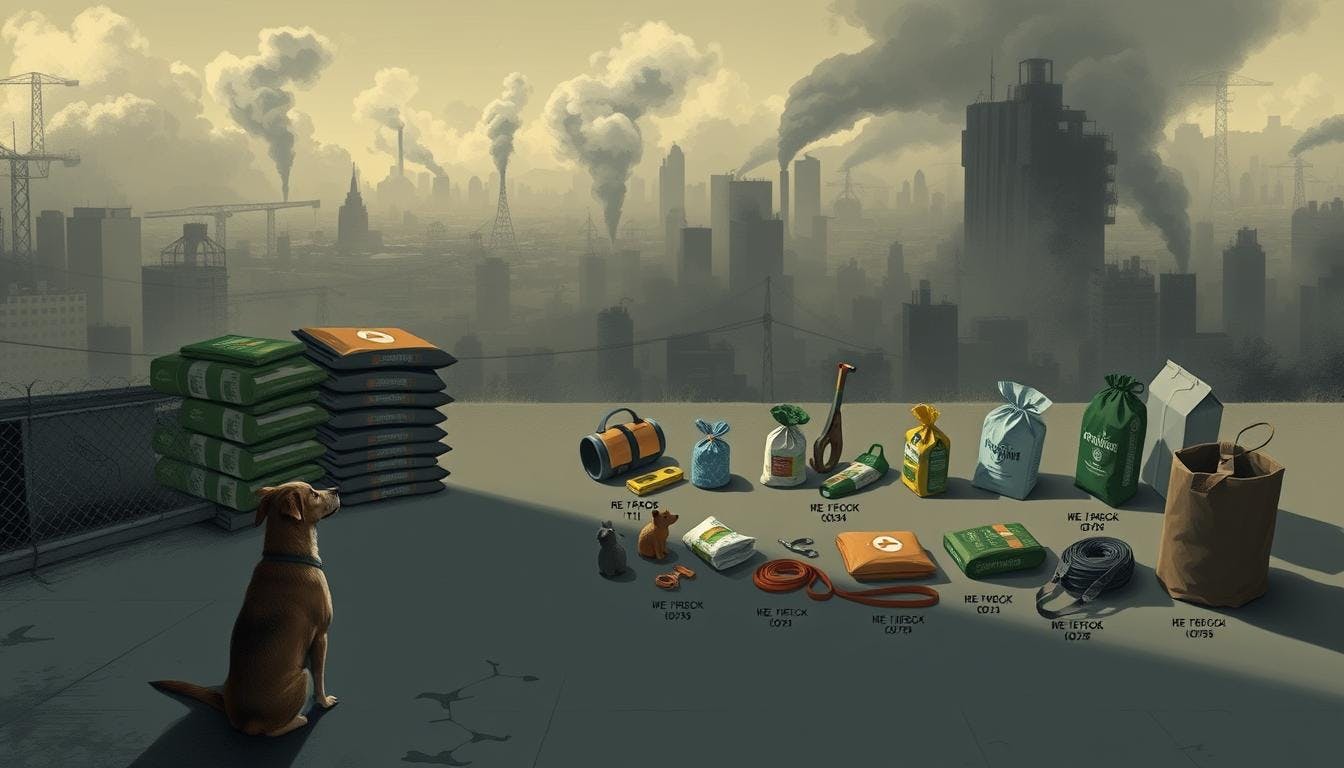
How pets affect the climate
More than half of all households in the world have pets that are furry, feathered, or scaly. But many owners don't see the hidden environmental costs that come with these bonds. Driving a gas-powered car 3,700 kilometres across the North Island is about the same as what a medium-sized dog does in a year.
General environmental issues
Deforestation and methane release are caused by making meat for pet food. A recent study of the environment says, "The resources needed to feed 163 million American pets could support whole countries." This need leads to:
- Loss of habitat for cows to graze
- Growing crops that need a lot of water
- Plastic trash from toys and packaging
How different pets help
Not all friends leave the same mark. Take a look at these yearly carbon comparisons:
- Rabbit: 45 kg of CO₂e
- Cat: 310 kg of CO₂e
2,500 kg CO₂e for a large dog
Smaller animals, like fish or budgies, don't need as many resources. A Chihuahua's needs are very different from a Great Dane's, even though they are both dogs. Animal lovers can enjoy company while being responsible by making smart choices
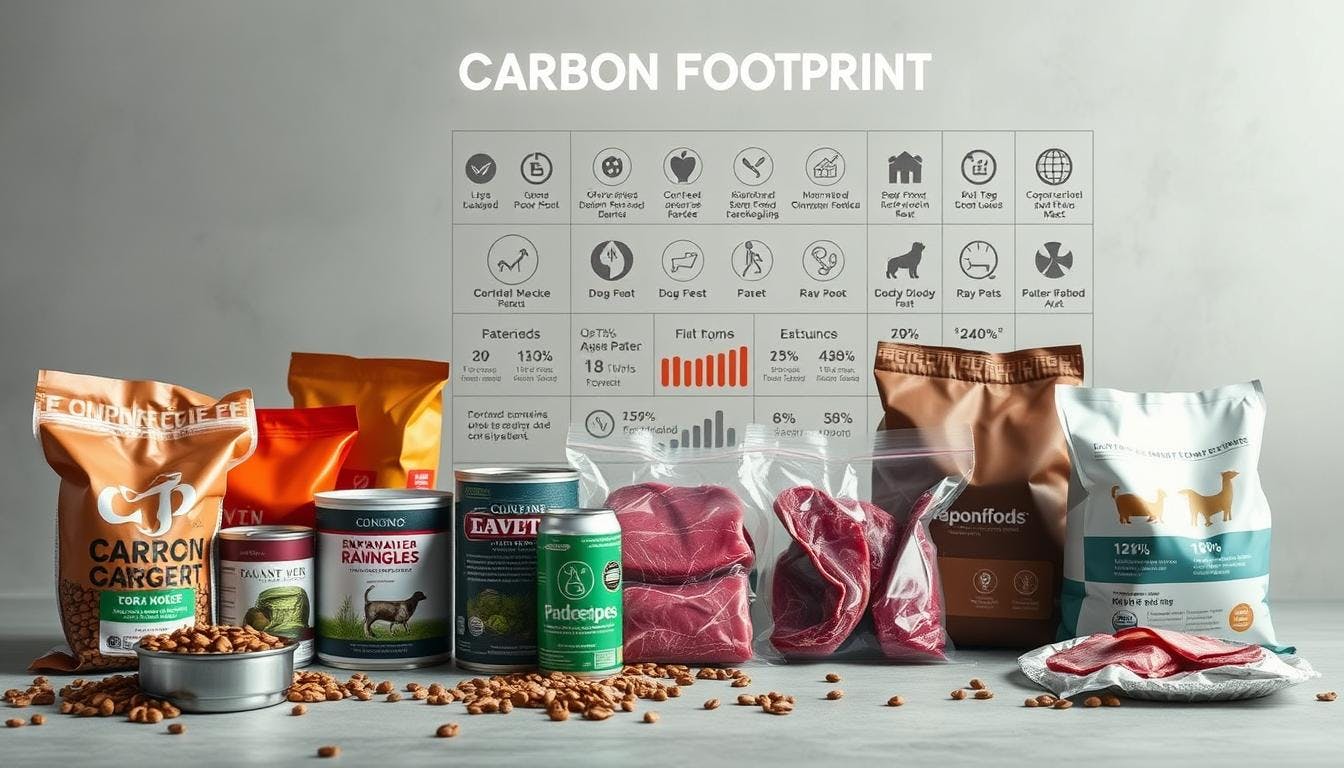
Looking at the carbon footprint of dog food
Many people don't know that your pet's dinner bowl has a bigger effect on the environment than they think. According to research, pets in the US make 64 million tonnes of carbon dioxide every year from their food. That's the same amount as 13.6 million cars on the road. Most of the time, this huge number comes from diets that are heavy in meat, with beef being the worst.
Eating meat and greenhouse gases
Raising animals for pet food leads to deforestation and methane emissions. Cows raised on cleared land are bad for the environment in two ways: they release strong greenhouse gases and the trees that were cut down can't absorb carbon dioxide. Gregory Okin, a researcher at UCLA, says, "The environmental cost of pet meat is as high as the consumption of whole countries." Think about these effects:
- Beef production is responsible for 60% of the greenhouse gases that come from food.
- One kilogramme of beef makes 60 kilogrammes of CO₂e.
- Lamb is the second most harmful to the environment.
Looking at the diets of dogs and people side by side
Trends in premium pet food are similar to trends in human food, where people often choose high-quality meats over sustainability. Even though owners like to give their pets gourmet food, these choices put more stress on the environment. Compared to beef, foods made with chicken and fish give off 6 to 12 times less pollution. But marketing focuses on taste more than environmental impact, just like how food ads for people do.
Since the 1970s, some pets' carbon footprints have tripled because they went from eating table scraps to eating special diets. Finding a way to meet nutritional needs while also being mindful of the environment could greatly lower this hidden cost to the climate.
How dogs help people deal with climate change
Being around animals gives you more than just warmth and wagging tails. Research shows that people who live with pets have 23% lower cortisol levels when they are stressed out by the environment. This biological response directly fights the anxiety that many people feel when they face problems on Earth.
Owners stay in the present by walking and playing with their dogs every day. The University of Melbourne found that structured care for pets makes people who care about the environment feel less helpless by 37%. Dr. Emma Carter, an animal behaviour researcher, says, "Taking care of another life shifts focus from global overwhelm to actionable local tasks."
Having pets makes people more resilient in their communities. Dog parks are great places to share sustainable ideas, and group walks help people take care of the environment together. These kinds of interactions often lead to grassroots efforts like tree-planting drives or programmes to cut down on waste.
When extreme weather reports make you feel sad about the environment, your furry friends can help you feel better. Their presence:
- Encourages being outside often
- Encourages being mindful in nature
- Builds empathy by making people responsible for caring for others
This give-and-take relationship helps both your own health and the health of the planet.
When you choose low-impact pet products, it doesn't feel like you're giving up something; it feels like you're just following the principles of care.

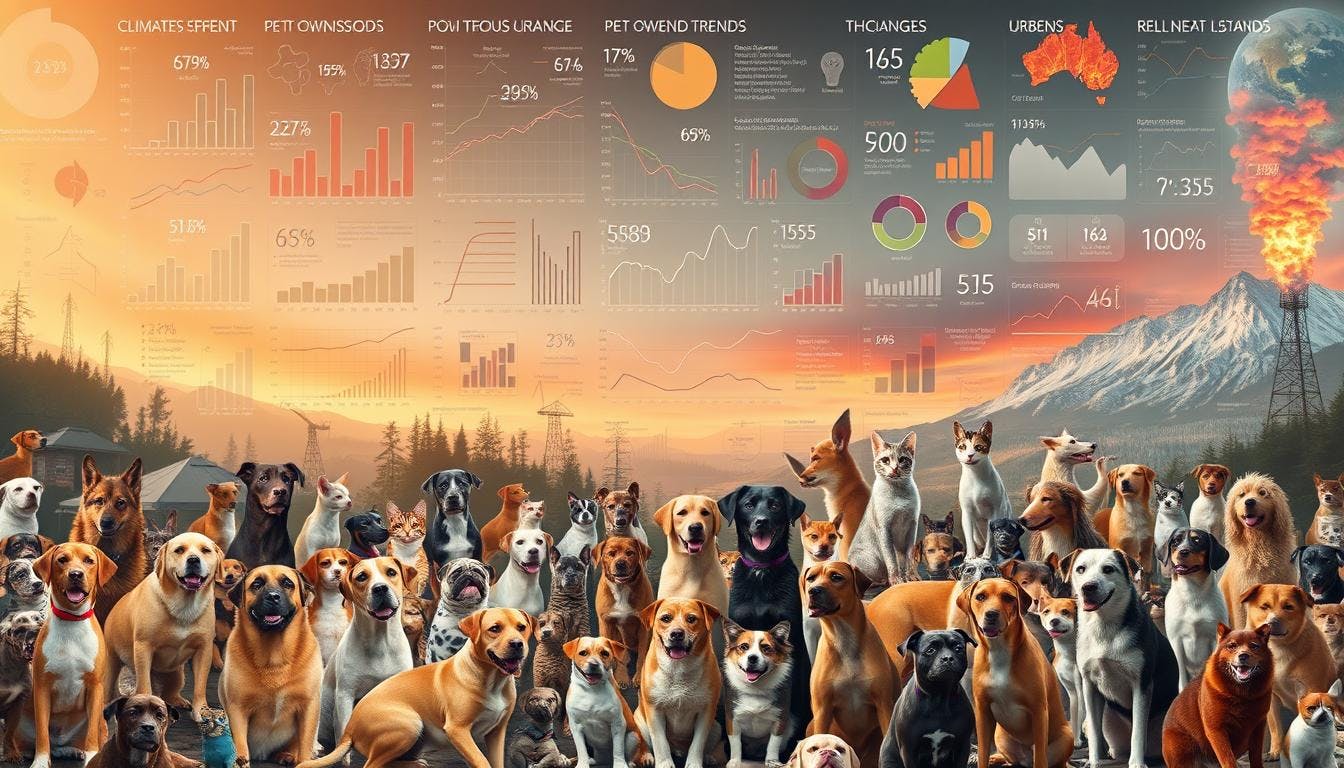
The role of having pets in analysing climate trends
Recent climate research shows an interesting trend: a lot of people who care about the environment don't think about a big part of their household emissions. Companion animals, especially in rich countries, are now a big part of figuring out how much carbon they leave behind.
Statistical findings from recent research
A study by Professor Madalina Vlasceanu at Stanford University found that 68% of the people who took part said that recycling was the best way to help the environment. On the other hand, choices that had a big effect, like not flying or thinking about getting a pet, were seen as the least important. Psychologist Jiaying Zhao from the University of British Columbia says, "We emotionally separate cuddly companions from their environmental consequences."
Important results from surveys around the world:
- Urban pet owners emit 12% more than people who don't own pets.
- Only 9% of people think that having pets has an effect on the environment.
- Eco-conscious households use 23% less meat-based pet food
There are big differences between regions. European countries are paying more attention to pet-related emissions, while North American studies are looking at gaps in behavioural psychology. New methods now compare adoption rates to carbon budgets. They show surprising links between pet-sustaining suburbs and more cars being used to get to the vet.
"The maths is clear: one less dog per 100 homes means 4,000 fewer cars on the road every year."
- Professor Vlasceanu, Stanford Climate Initiative
This growing area of research shows how hard it is for us to find a balance between our emotional ties and taking care of the planet. As databases get bigger, patterns become clearer, which helps communities make smart decisions without losing friends.
Looking at how making pet food affects the environment
Every bag of kibble has a secret journey that takes it across farms, factories, and oceans. The modern food system is responsible for 26% of the world's greenhouse gases, and meat-heavy pet food is a big part of that.
Making meals with animals takes a lot of resources. Every kilogramme of red meat in pet food releases 50 to 750 kilogrammes of carbon dioxide into the air. Fish-based options do better, with 1 to 5 kg per catch, but overfishing is bad for marine ecosystems.
Concerns about sourcing and processing
To make room for cattle to graze and grow feed crops, industrial meat production cuts down trees. A marine researcher from Tasmania says, "The land needed for pet food ingredients could rewild entire regions." As irrigation for livestock feed drains rivers, there is less water available.
Processing makes the footprint bigger:
- High-energy ways to cook
- A lot of plastic in the packaging
- Shipping around the world in a refrigerator
Premium trends make problems worse. To grow human-grade ingredients and exotic proteins like kangaroo or venison, you need to know how to farm them. 40% of the by-products of manufacturing, on the other hand, end up as trash instead of fertiliser.
People don't often think of chewy treats when they think of melting ice caps. But making simple changes, like choosing chicken instead of beef, could cut emissions by 85%. The contents of the bowl are just as important as the care that went into it.
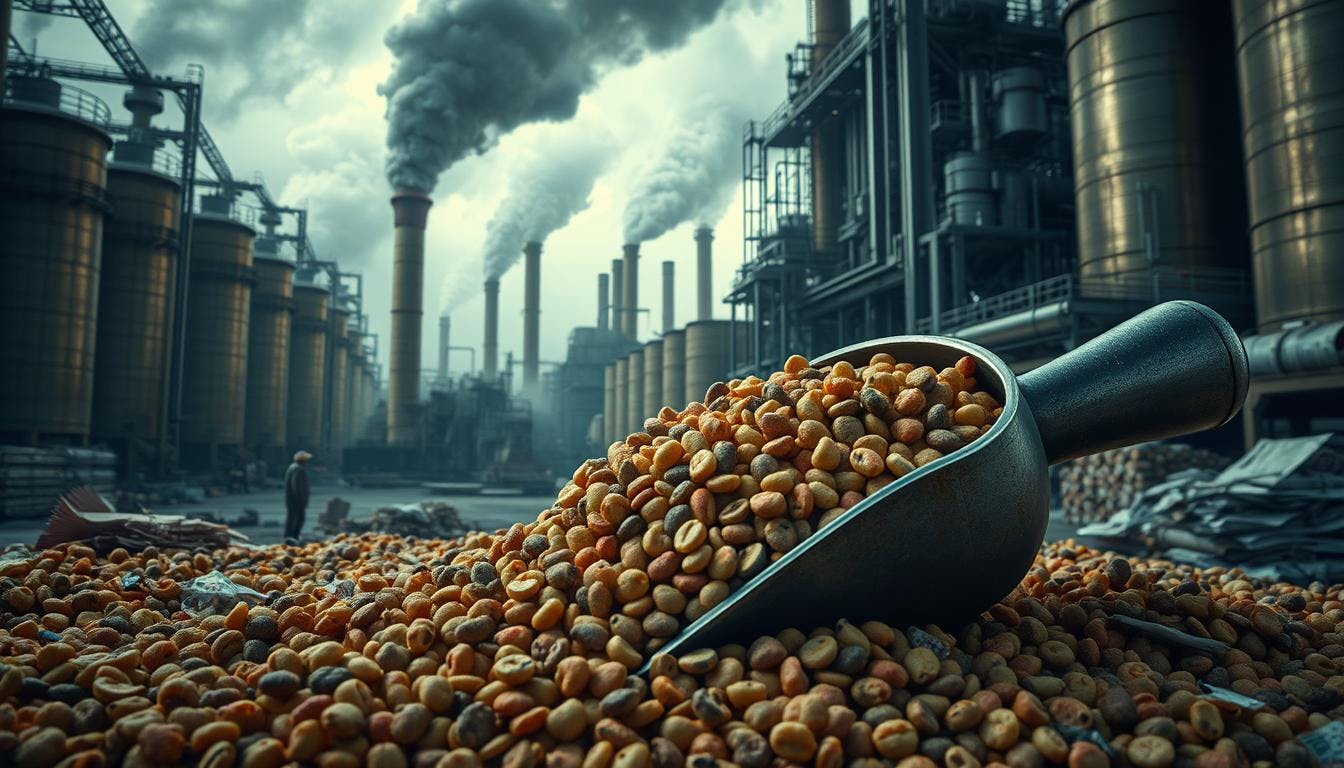

Sustainable options for pet food
The future of pet food is full of possibilities, and I mean that literally. Researchers now say that insect-based protein could change the game for animal lovers who care about the environment. A study from 2014 found that bugs like crickets and mealworms provide the same amino acids as traditional meat sources, but at a lower cost to the environment.
New ways to get protein
Black soldier fly larvae need 98% less land than raising cattle. These squirmy powerhouses turn feed into protein 20 times faster than cows do. New technologies like algae-based nutrients and lab-grown meats could change the way pet food is made in just a few years. Startups are already making kibble from fungal proteins that come from brewery waste.
Options based on insects and seafood
Marine-certified goods saw a 614% rise in US markets recently. The MSC or ASC seal on a brand means that the seafood comes from fisheries that are managed in a responsible way. Krill and mussel meals are good sources of omega-3 fatty acids that are better for the environment than beef. Most pets get used to new textures and flavours within a few weeks, so you should mix them slowly.
Kiwis who look into these options find that they can help the environment and feed their pets at the same time. One vet in Auckland says, "Making sustainable choices today means healthier pets, and coastlines tomorrow."
Taking care of pets in a responsible way can help cut down on carbon emissions.
Sustainable pet ownership means making sustainable choices every day. Making small changes can have long-lasting positive effects on animals and the environment. Start by weighing your meals. More than 60% of cats and dogs are overweight, which is bad for their health and wastes resources.
Daily Tasks and Choices for the Long Term
Veterinarians say that tailored diets are better than trendy premium foods. A lot of fancy ingredients are made for people, not dogs. Regular check-ups make sure that dietary changes are good for each pet and lower the carbon footprint.
Toys made from recycled materials are better for the environment because they last longer and cut down on plastic waste. Instead of driving to local parks, walk there. It saves gas and brings people closer together. These habits build up over time to make a more sustainable lifestyle without lowering the quality of care.
Mindful ownership means caring for your pets while also caring for the environment. Every little choice counts, showing that caring for the environment and animals go hand in hand.
17 South Street
Auckland 1010
New Zealand
info@carbonclick.com- -
- X
Sign up. Be inspired. Get clicking.
Subscribe now to stay up to date with CarbonClick, carbon offsetting and climate action.
By signing up you agree to our Privacy Policy.


